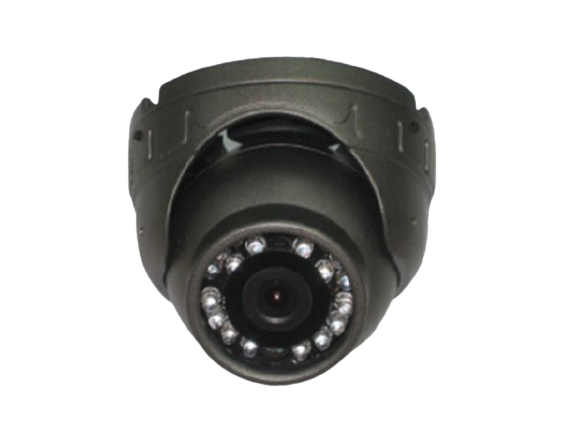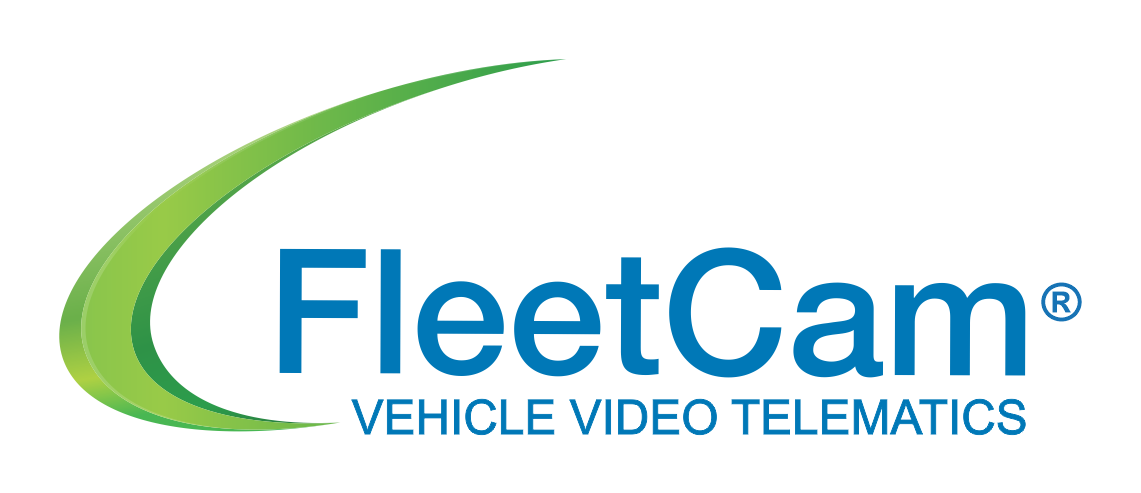
Choosing a Vehicle Camera System Part 3 – Camera Technology
Editor’s Note: This is part 3 of a 6-part series
In a 6-part series, we take an in-depth look at five critical areas to consider and questions to ask when deciding on a vehicle camera system for your fleet. Today we cover the third crucial area – Understanding The importance of Camera Specification and Technology. This is one of the most critical aspects of ANY Vehicle Camera system, yet often, the most underlooked.
Camera quality is one of the fundamental criteria transporters should consider when deciding which fleet camera system to settle on. The most significant factor to consider here is progressive scan. Most cameras in the market will either be sold and marketed as either 720p or 1080p (a common misconception is that the “p” stands for “pixels”; in fact, the “p” in 720p or 1080p stands for progressive scan or simply progressive) Progressive scanning is essentially the alternative to the old analog way of displaying, storing or transmitting moving images (otherwise known as videos)
There are also times when streaming and recording resolutions differ; always ensure to know these numbers; they could be the difference between a solution that solves your problems and one that creates new issues in your business. Although the Video telematics industry started on 480p and then rapidly moved to 720p, the industry’s gold standard is hands down 1080p. The difference here is resolution. In contrast, 720p has fewer than 1 million pixels when multiplied. 1080p boasts around 2 million pixels, resulting in a smoother, clearer, and crisp image, which is vital when doing accident reconstruction and extracting detailed data from images and video.

Night Vision is also a key technology, specifically if your vehicles drive at night. Night vision is a rather broad term, and there are multiple technologies to achieve night vision. Typically, you would be looking for cameras with infrared technology. This technology lets you see clear imagery through a night vision filter. The infrared essentially detects thermal or heat energy and then converts it into an electronic signal which is then processed into an image. This is vitally important if you operate a fleet 24/7 or at night.
Questions & Answers from this Article:
Q: I want to extract high-quality footage from my vehicle camera system. Whether this is streaming or downloading, what is the first thing I should look out for?
A: 1080p is the short answer. “Are your cameras 1080p”? If the answer to this is no, you should look for an alternative. There should never be a reason to install 720p cameras or lower. This will drastically affect the quality
Q: Ok, but what makes 1080p so much better than its predecessor, 720p or even 480p?
A: 1080p essentially has double the pixels of a 720p camera. This typically translates to the 1080p camera being twice as sharp and clear as a 720p camera.
Q: But what about at night? How will the camera stream look at night or in complete darkness?
A: Ensure the vehicle camera system has night vision on all cameras, specifically if your vehicles are driving at night.
We hope you have enjoyed this article and that it has been informative. Next Week we’ll be looking at the various communications technology that Vehicle Camera Systems use and what to look out for to ensure your fleet operates on the latest technology delivering the best possible solution.
Until then,
The FleetCam Team


